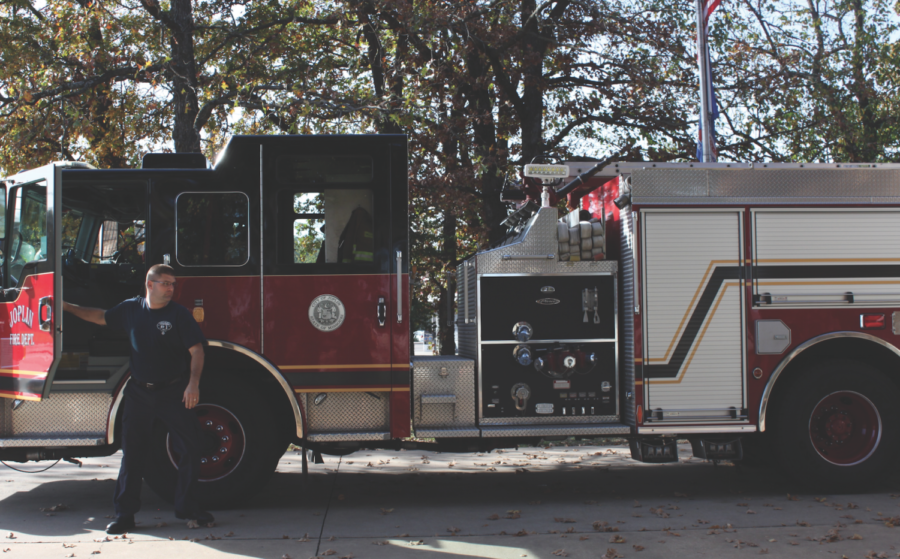Campus emergency system gives students peace of mind
The Joplin Fire Department can pinpoint emergencies on Missouri Southern’s campus more quickly and accurately thanks to the Universities emergency com- munications system.
Missouri Southern Students feel secure on campus because of a high-tech emergency communications system.
“Knowing that we have a reliable system in place that can handle emergencies is a big deal. It gives you peace of mind,” said Cassie Johnson, senior health science major. “I feel safe.”
Southern relies on a voice-enabled fire alarm system as the cornerstone of the University’s entire emergency communications setup. This system, designed by a company called Simplex that monitors and electronically supervises its status 24/7, can also control existing investments in Southern’s life-safety infrastructure, such as old smoke alarms that were in place before the Simplex system.
The system, which Southern can tailor to a wide range of buildings and applications, monitors the environment in and around campus buildings for changes in state that indicate the presence of fire or smoke. It then reacts to this change of state to help reduce or eliminate the risk of injury or damage.
The mechanism can transmit emergency messages in campus buildings through fire alarm speakers, horns, sirens, and flashing strobe lights. The emergency notification systems enable staff to identify precise locations of activated devices; this helps emergency personnel to respond more quickly.
According to Simplex, each device possesses 1,200 to 1,600 watts of power, meaning people can hear emergency messages throughout the campus and the surrounding city up to two miles away. The messaging units provide additional notification away from the campus via text messages, phone calls, or emails to designated recipients.
According to Simplex, the system can also detect carbon monoxide. CO cannot be seen or smelled, making it a potent threat. This aspect of the device is especially critical for students sleeping in residence halls.
Along with fire and CO detection, the instruments can also issue alerts for severe weather events such as earthquakes, hurricanes, or tornados.
Southern’s emergency preparedness was put to the test in May 2011, as an EF-5-category tornado packing 200-mile-per-hour winds bore down on Joplin. During the crisis, the value and importance of the University’s investment in its fire alarm and emergency communications system became evident.
“Our severe weather emergency system reflects years of commitment to safety for our on- and off-campus communities,” said Bob Harrington, director of the physical plant.
Fortunately for Southern, the campus was not impacted by the tornado that devastated much of the city. However, in the eyes of University officials, the emergency communications system was invaluable in warning people across campus to find shelter in preparation for the approaching twister.
“We are definitely prepared for emergency events, thanks to our technology and integration with the city of Joplin,” said Harrington. “We’re proud to serve as a resource for our local community.”
The fire and communications setup at Southern plays a vital role in the protection of both people on campus and the nearby public. The campus’ 11,000-square-foot Federal Emergency Management Agency (FEMA) shelter, which offers protection to over 2,000 people, is a major component to that. According to the University safety policy, both students and faculty, plus people outside the University living in the community, are welcome to use the shelter.
The University also serves as an official American Red Cross shelter site. The Red Cross has even incorporated some of Southern’s training policies and procedures into its program.
Your donation will support the student journalists of Missouri Southern State University. Your contribution will allow us to purchase equipment and cover our annual website hosting costs.




















